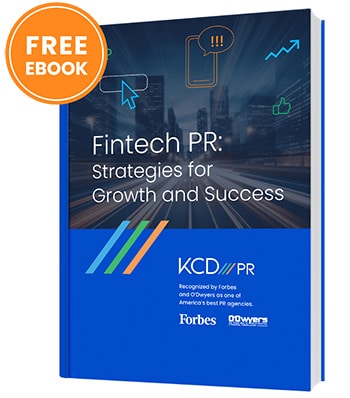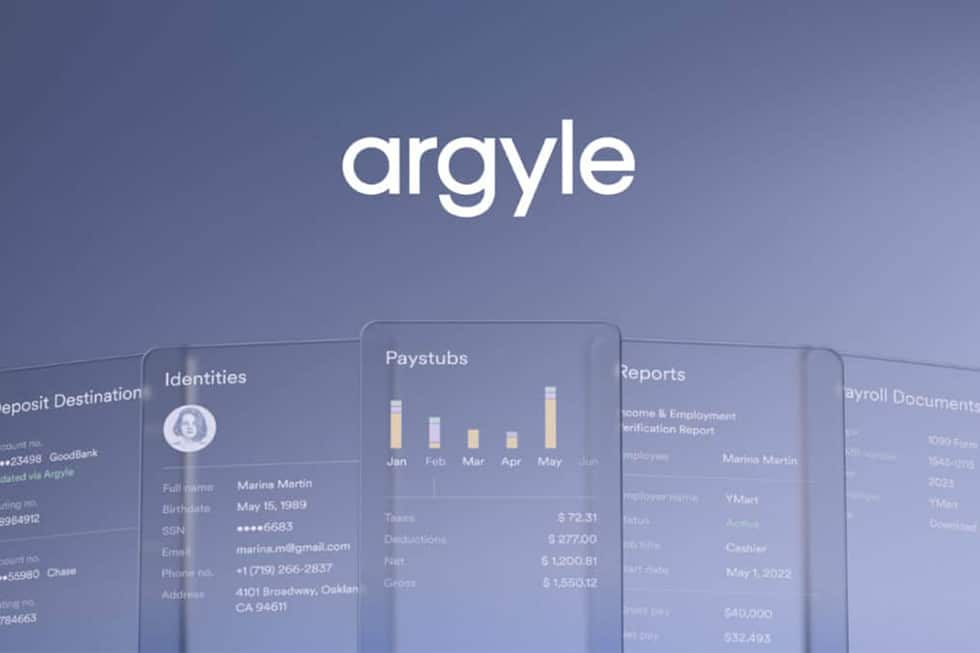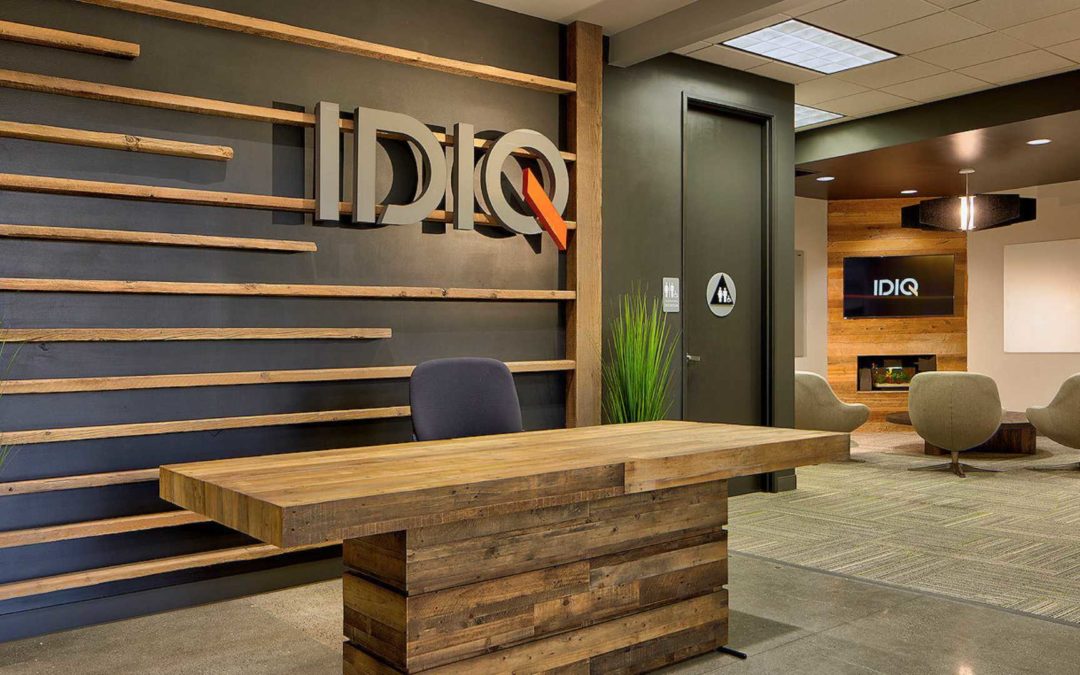This post was also published on FinTECHTalents
The COVID-19 pandemic completely transformed the way that consumers shop, and many of these new practices have been shaped into our daily routines. Digital transformation has been sweeping businesses across the world, and retailers have been no exception.
At the onset of the pandemic there was an astronomical boom in e-commerce, with sales increasing around 43% in 2020. In the years since, most individuals now consider themselves “hybrid-shoppers,” utilizing both online and in-store services.
So how do retailers keep up with consumers who are now expecting more digitized options? Embedded finance and the omnichannel experience have come to the forefront of the conversation with more retailers adopting these new and emerging technologies.
Embedded finance and the omnichannel experience
In recent years, a large trend of retailers adopting embedded financial technology has grown. Embedded finance is the integration of financial services into a business’s infrastructure. This creates a more frictionless experience for the customer as it removes the middleman of the traditional bank.
Embedded finance is also part of the shift towards the omnichannel experience. Omnichannel strategies combine both online and in-store channels, to create better customer experiences that meet them where they prefer to shop. Omnichannel focuses on allowing customers to move quickly and seamlessly between browsing, shopping, purchasing, and returning items through a variety of different channels.
Why retailers need to be using embedded technologies
In this turbulent economic climate, it’s not enough for retailers just to have a modern company website and storefront location. To ensure relevancy and value for their brand, retailers will have to adopt and use omnichannel strategies, including embedded finance.
According to the U.S. Department of Commerce, e-commerce sales increased 50% between 2019 and 2021, representing 13% of all retail sales in the U.S. More and more customers are preferring online shopping and growth in this preference is expected to continue. Omnichannel helps retailers ensure the experiences that customers are having online, are just as good as the ones in store. Some examples of this are, shopping expediency and engagement, operational efficiencies, and enhanced data analytics and insights.
There are several pain points that businesses can address by installing these connected solutions. For example, closing gaps in customer data in relation to online retail analytics. Implementing more personalized retail solutions allows for business to learn about their customers and meet them where they are to satisfy their needs. Another reason is that embedded technologies can help to solve operational efficiencies and increase customer attraction and retention. In the current competitive business climate, keeping customers is crucial, and customers will be expecting personalization, digitalization, and integration.
An example of this is that in October 2021, Instacart, the leading grocery purchasing app in the U.S. announced that it would be acquiring Casper AI, an AI powered shopping cart and checkout technology platform. This new acquisition came with a host of features, like suggesting ingredients for users, based on their purchases, storing credit card information for quicker checkout, and more. The goal was to help make the customer experience on Instacart as seamless as possible. The move was also beneficial because it assisted with current labor shortages, because employees that would typically spend their time checking people out would now be able to move around the store and help customers with their needs.
Challenges retailers face with embedded technologies and potential solutions
Although, embedded technologies are a huge boost to retailers, it’s not to say that they don’t come without challenges. Some of the obstacles that retailers face are that embedded technologies can be costly as well as cumbersome to adopt. There are companies on the forefront though that are working to make these new intelligent solutions more accessible for all retailers.
You might be aware that Amazon announced the launch of its first full-sized Amazon Fresh grocery store in the U.S. utilizing a first of its kind “just walk out” cashierless technology, where customers no longer need to checkout and the products are charged directly to their Amazon Prime account. However, this real-time AI intelligence requires significant up-front cost to purchase the digital hardware required—a cost that smaller retailers beside a giant like Amazon would not have the ability to purchase.
Nomitri, a software company located out of Berlin, Germany, is actively disrupting the checkout market by giving retailers the opportunity to purchase an asset light, low-cost solution without the need to install all those cameras or sensors, by putting everything into an easy-to-use app. The added benefit to the app is that it also supports direct communication with the customer, with the possibility to provide them with promotional codes and discounts in real time right when they are checking out from the supermarket or store.
The future of embedded finance for retail
Nomitri, is a great example of what the future of embedded technology for retailers is going to look like. Going forward, checkout technology could continue to be more easily accessible for all retailers. Looking to the future, customers will want their digital experiences to continue to feel more personal, with more companies adopting embedded finance and banking-as-a-service.
Customers want solutions that are specifically tailored to them. There will potentially be more situations in the future where retailers will have to adapt to customer needs. Customers will expect that their retailer will provide them with choices, consistency, swiftness, and personalization. Overall, seamless customer experiences will also impact revenue. If retailers don’t adopt these new intelligent technologies, they are likely to get left behind.






